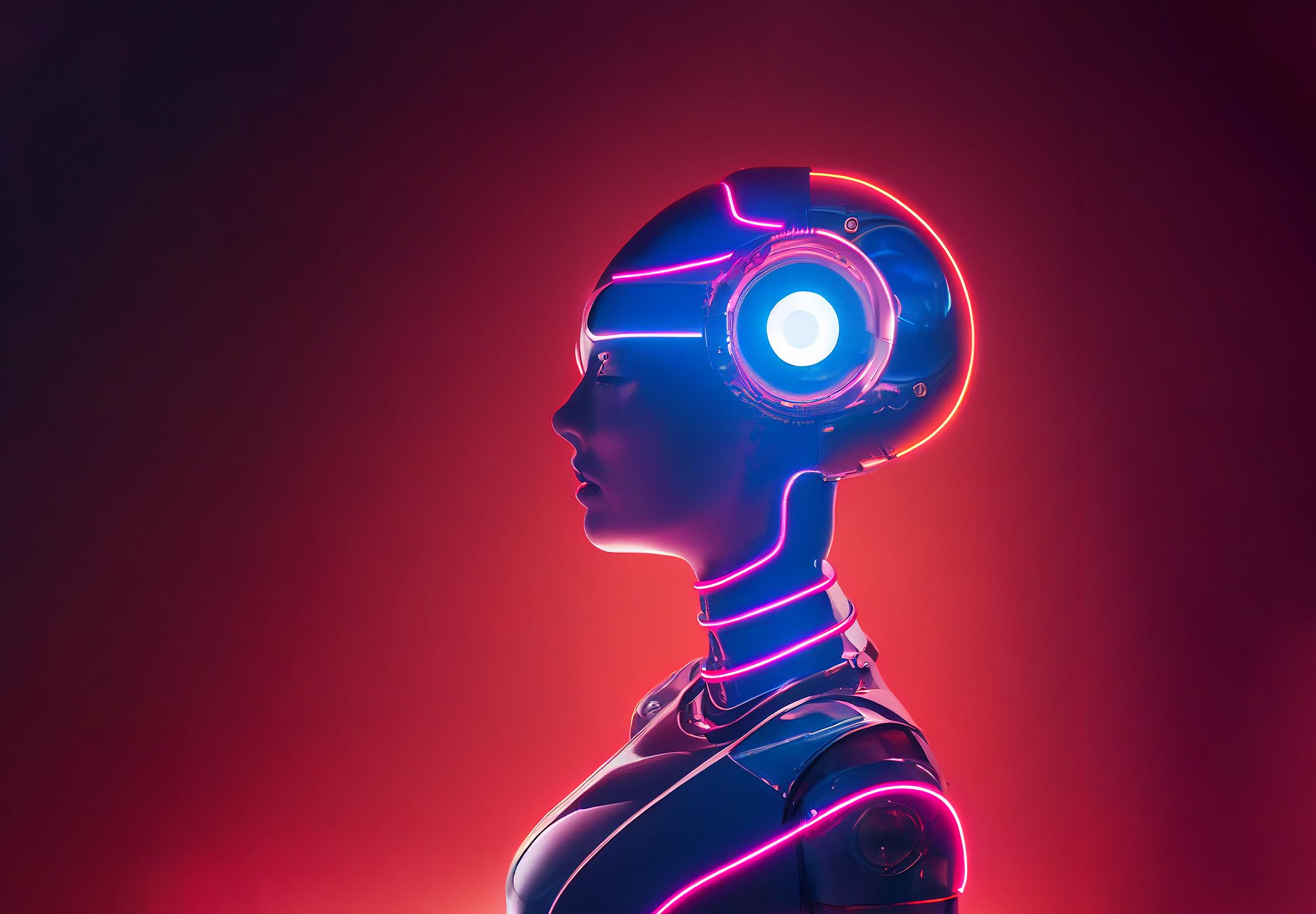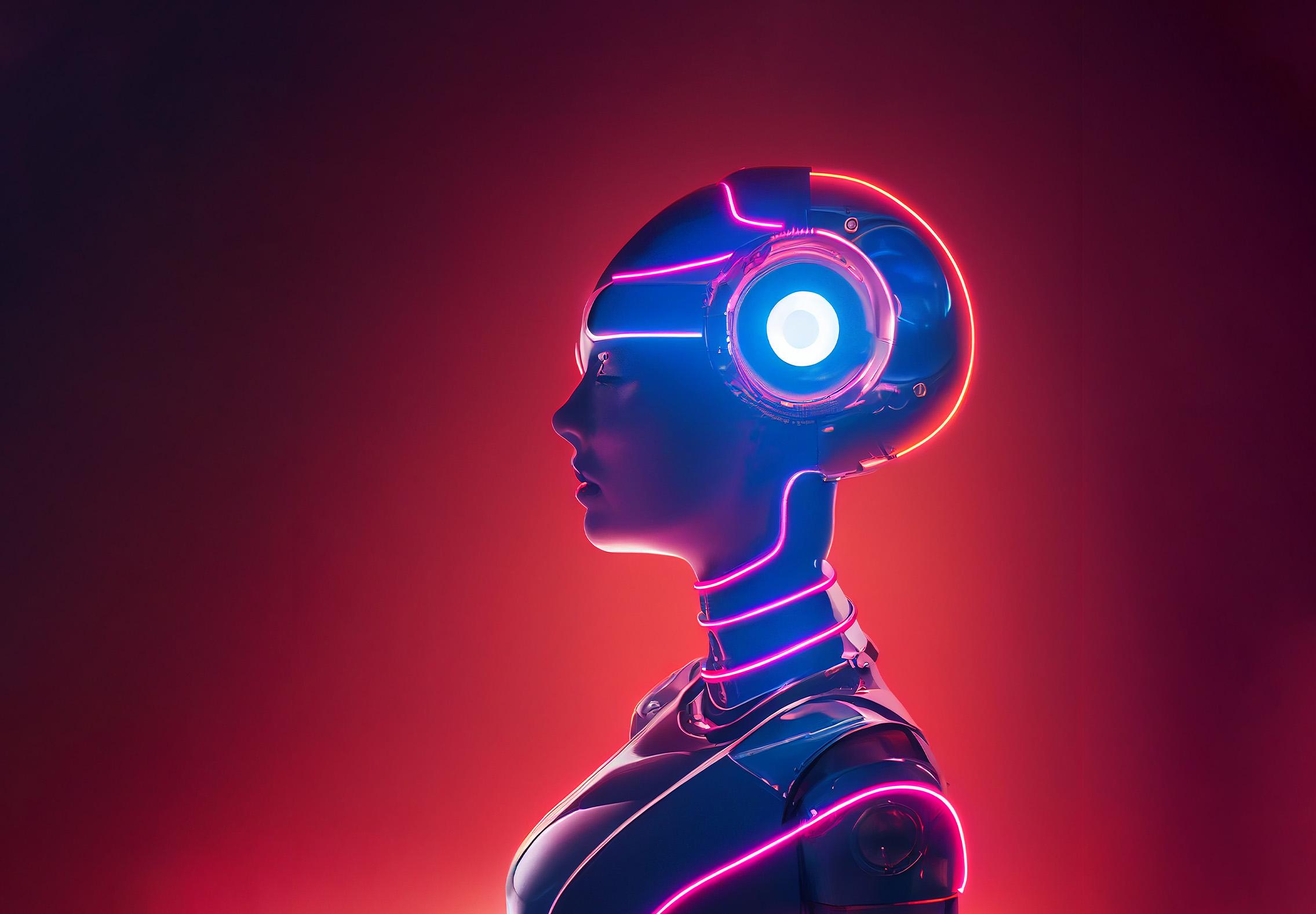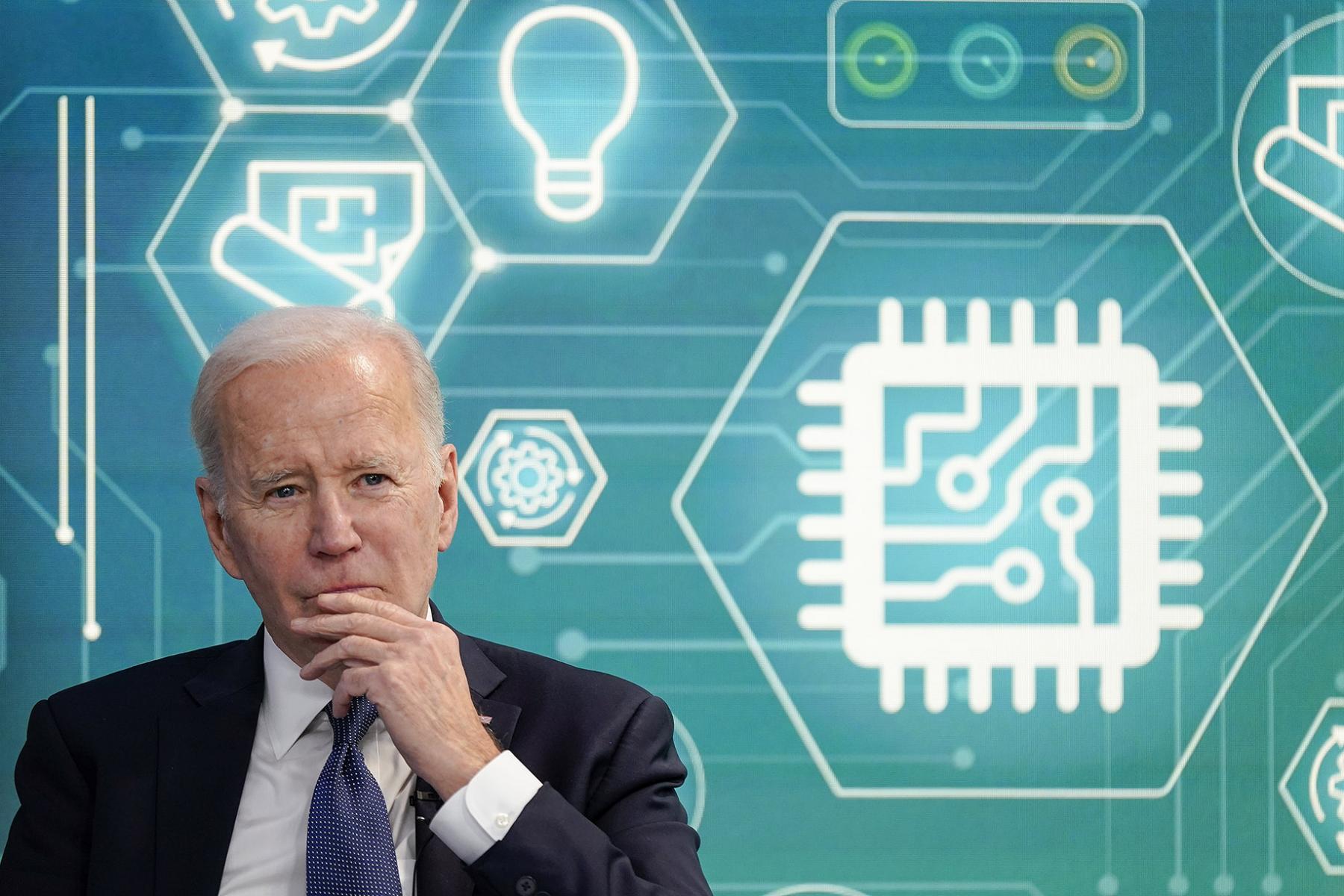
Written by: Mahmoud Demerdash
Date: 2023-06-13
Transforming multiple industries and impacting our lives in various ways

The concept of Artificial Intelligence (AI) has captured the attention and curiosity of people worldwide due to its remarkable growth and increasing presence in mainstream technology. This exciting field involves machines that can perform tasks that traditionally require human intelligence to solve complex problems. Generating images and writing essays don’t scratch the surface of how AI has been implemented and what it can achieve. Its ability to learn and improve from experience sets AI apart from other programs. In recent years, AI has made significant advancements that have transformed multiple industries and impacted our lives in various ways.
The Timeline
AI traces all the way back to the 1950s with a paper titled "Computing Machinery and Intelligence" by British Mathematician Alan Turing. “The Turing Test,” as it was called, is a measure of a machine's ability to exhibit intelligent behavior equivalent to, or indistinguishable from, that of a human. The test involves three participants: a human evaluator who engages in a natural language conversation with a machine and a human. The machine's goal is to convince the evaluator that it is the human, while the human's goal is to convince the evaluator that they are human. The evaluator doesn’t know which one is the machine and which one is the human. If the machine successfully convinces the evaluator that it is human, it is said to have passed the Turing Test. However, if the machine fails to do so, it does not necessarily indicate that it lacks intelligence. It could mean the machine has not yet reached the complexity required to pass the test. The Turing Test has been debated within the AI community, with some arguing that it is too narrow to define intelligence. Nonetheless, it remains a significant milestone in the history of AI and continues to be used as a benchmark for measuring machine intelligence.
Over the course of the 1950s, scientists attempted to create machines that could “think” and were centered around problem-solving, which saw the earliest computers take shape. The complexity of problem-solving increased throughout the 1960s, 1970s, and 1980s. It wasn’t till the 90s that a focus on machines learning from data became paramount, and as the internet became a digital staple, data has led to incredible advancement. The 2000s and 2010s saw the emergence of big data and machine learning. The driving force behind the growth of AI is the massive explosion of data that we generate daily through digital activities like online shopping, video games, and social media. This vast pool of data can be utilized to train machine models that can learn from it and make predictions or decisions based on that input.
All this previously mentioned is what’s called “Machine Learning,” which focuses on the use of data and algorithms to imitate the way that humans learn, gradually improving its accuracy. In the last decade, the focus shifted to “Deep Learning,” which has revolutionized AI. Deep learning is a subset of machine learning, a neural network with three or more layers. These neural networks attempt to simulate the behavior of the human brain—albeit far from matching its ability—allowing it to “learn” from large amounts of data. These networks can learn complex patterns and representations from data, leading to breakthroughs such as image and speech recognition, natural language processing, and more. A lot of these breakthroughs can be exhibited through modern-day self-driving vehicles, AI chatbots, and much more.

Workplace and Education
The reception to AI has been entirely mixed, with multiple concerns listed and arguments favoring adaptability tabled. One of the biggest arguments is regarding AI in the workplace. AI can automate repetitive and mundane tasks, providing more time for workers to focus on more creative and high-value tasks, thus making their shifts easier. This can lead to increased efficiency and productivity in various industries. For example, in manufacturing, robots equipped with AI can assemble and package products with speed and precision, reducing errors and increasing productivity. In healthcare, AI-powered tools can help diagnose diseases and suggest treatment options based on a patient's medical history and symptoms. By automating tasks and improving efficiency, AI can lead to significant cost savings for businesses and individuals. Another benefit of AI is its ability to analyze vast amounts of data quickly and accurately. This can help organizations make more informed decisions, identify patterns and trends, and gain insights into customer behavior. For example, financial institutions can use AI-powered tools to analyze market trends and make investment decisions based on that analysis. Another example would be businesses using AI-powered algorithms to determine appropriate price points within the market they operate in.
One of the biggest concerns surrounding this is the possibility it could lead to job displacement and the need for workers to acquire new skills to stay competitive in the workforce. Another problem comes in the form of data bias. AI is only as good as the data they are trained on, and if that data is biased, the model will also be limited. Unfortunately, it can lead to unintended consequences, such as discrimination against certain groups of people or inaccurate predictions, as it can only work with the information it has. For example, studies regarding facial recognition systems have shown higher error rates for people with darker skin tones, leading to claims that the systems implemented can be biased. The issue can also lead to bias in gender as code or data input made by any particular gender or group of people can lead to similar results.
Education has seen massive impacts due to the rise of Artificial Intelligence. AI has benefited teachers over the last ten years as grading and plagiarism detection improvements save staff a lot of time. They’ve also benefited from analytics, as AI can be used on student performance to predict which students may be at risk of falling behind. This can help teachers intervene early to provide additional support to these students, improve curriculum development, and create more effective learning experiences. On the other hand, there’s been debate in the media over the use of ChatGPT by students worldwide. ChatGPT is an AI chatbot developed by OpenAI that can be used for a wide variety of options. Released in late November, the app has caused concern among educators as students are utilizing it to complete their assignments by submitting A.I.-generated essays and problem sets as their own. The emergence of this freakishly effective tool has led to a rush among teachers and school administrators to identify and catch students using this tool to cheat.

Furthermore, educators are worried about the impact that ChatGPT could have on their lesson plans, leading to some schools cracking down on using ChatGPT by students and implementing counter AI, such as GPTZero, an AI developed by Princeton students, to uncover work generated by the application. Yet there are arguments that instead of implementing a ban, one which would be extremely difficult to implement efficiently, would be to encourage students instead to utilize it as it's arguably part of our future. AI models such as ChatGPT will only continue to improve and should be treated similarly to calculators. By allowing students to utilize AI for their studies, schools would facilitate the training and familiarity required for a more AI-driven future, thus making it easier for the future generation to adapt.
Political Hands
As with anything innovative, there has been much discussion and many opinions regarding Artificial Intelligence’s more mainstream emergence in our world. Yet AI has been around for ages, and world leaders have commented on it before its rise. In 2017, Canadian Prime Minister Justin Trudeau spoke about the need for ethical AI to promote human values and respect for diversity. Similarly, in 2017, Russian Vladamir Putin is quoted to have said, “Artificial intelligence is the future, not only for Russia but for all humankind,” said Putin reports RT. “It comes with colossal opportunities and threats that are difficult to predict. Whoever becomes the leader in this sphere will become the ruler of the world.”
As AI has become overly popularized in the media, other World leaders have expressed their government’s stance on the innovation. Chinese President Xi Jinping addressed in a meeting in April the need for China to "pay attention to the development of artificial general intelligence" and to "create an ecosystem for innovation but at the same time take risk prevention into account." Similar to China, countries like Germany see a future in AI assisting in its strategic and economic growth.
In the US, Vice President Kamala Harris invited the heads of big tech firms such as OpenAI, Microsoft, and Google to discuss the impact their projects will have. In a video posted by the POTUS Twitter account of Biden "dropping by," the president said, "I just came by to say thanks. What you're doing has enormous potential—and enormous danger. I know you understand that. And I hope you can educate us as to what you think is most needed to protect society as well as to the advancement. This is really, really important." The POTUS has been stressing the need to prioritize ethics when developing AI, and the Biden administration released a set of guidelines for AI use in August dubbed the “AI Bill of Rights” as a means to curb any detrimental affects caused by AI company malpractice. The companies were informed of their legal responsibility to ensure the safety of their products and to comply with future legislation as the White House looks to “get it right.”

Verdict
Humankind would only have reached where it has with our ability to utilize tools to gain an advantage. With tools, we’ve been able to create complex societies and innovate beyond the imagination of our early ancestors. AI is a powerful tool, and yet a tool it is; as with all tools, it has the capability to revolutionize the world as we know it. Yet, it's clear to address any potential concerns; AI must be developed responsibly, focusing on transparency, fairness, and ethical considerations. This includes ensuring that AI systems are transparent and explainable so that people can understand how they work and make decisions based on their outputs. It also means ensuring that AI systems are fair and unbiased and that they do not perpetuate or amplify existing inequalities, thus the need for cooperation by multiple individuals in the field and transparency between them. Instead of suppressing its inevitable growth, promoting its utilization in aspects of our lives will give people a continued push to make our lives easier and more advanced.





